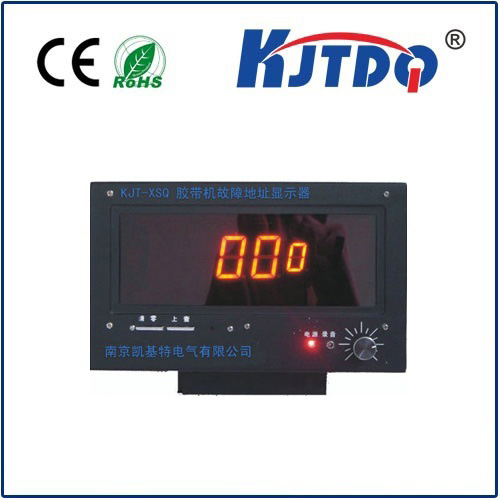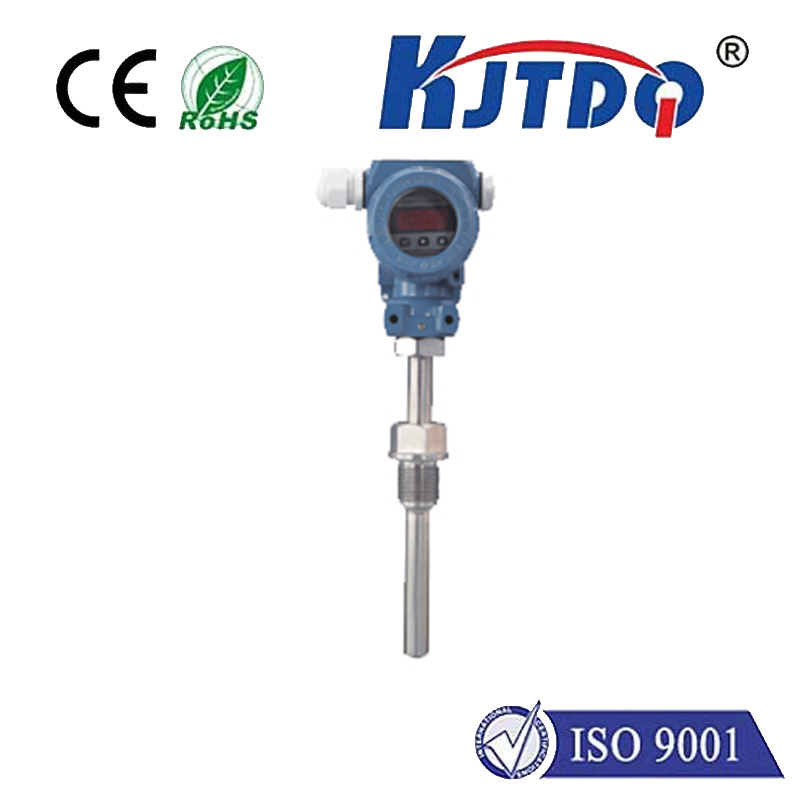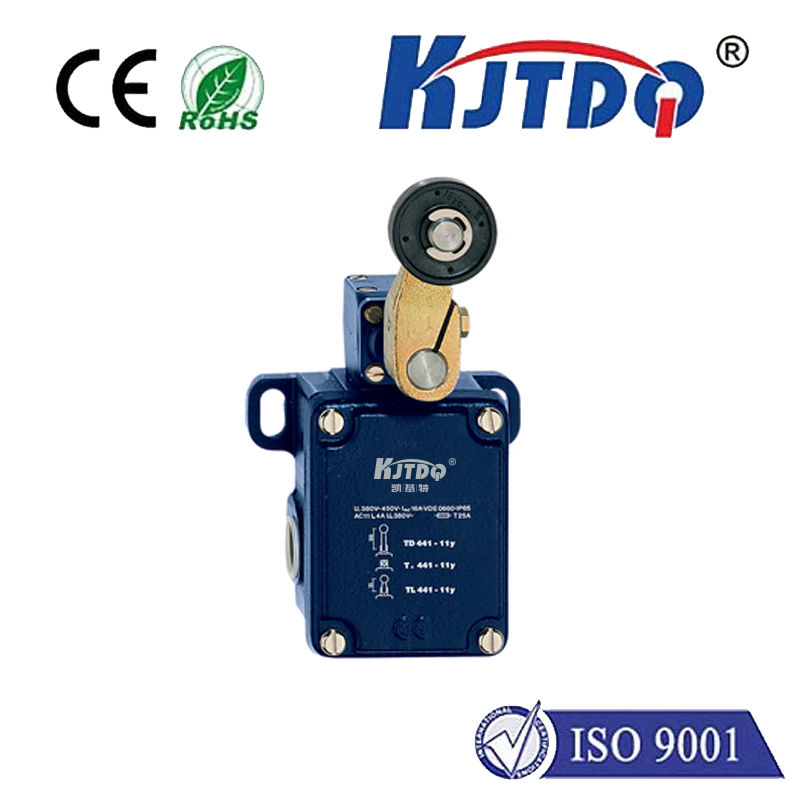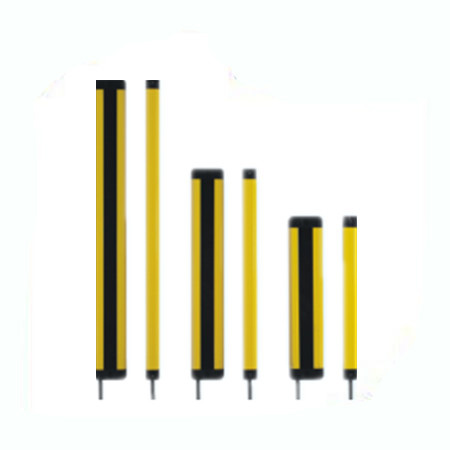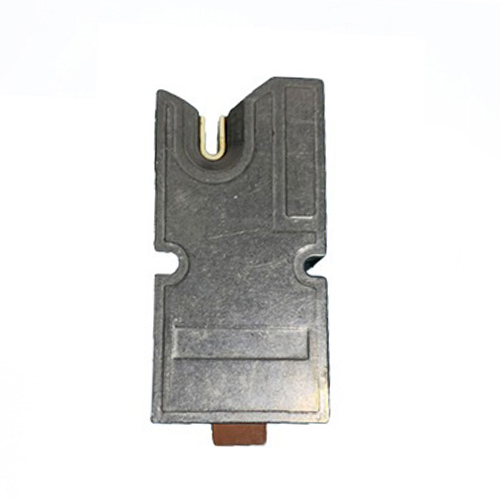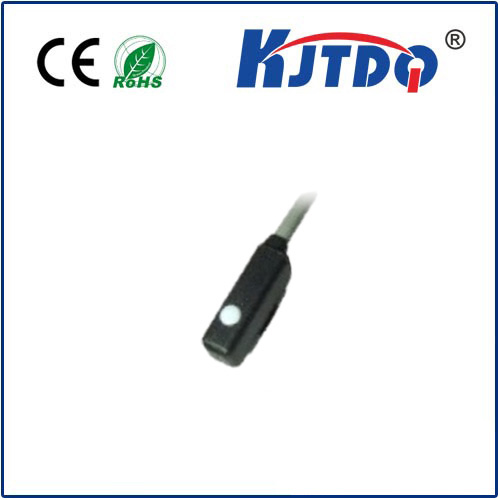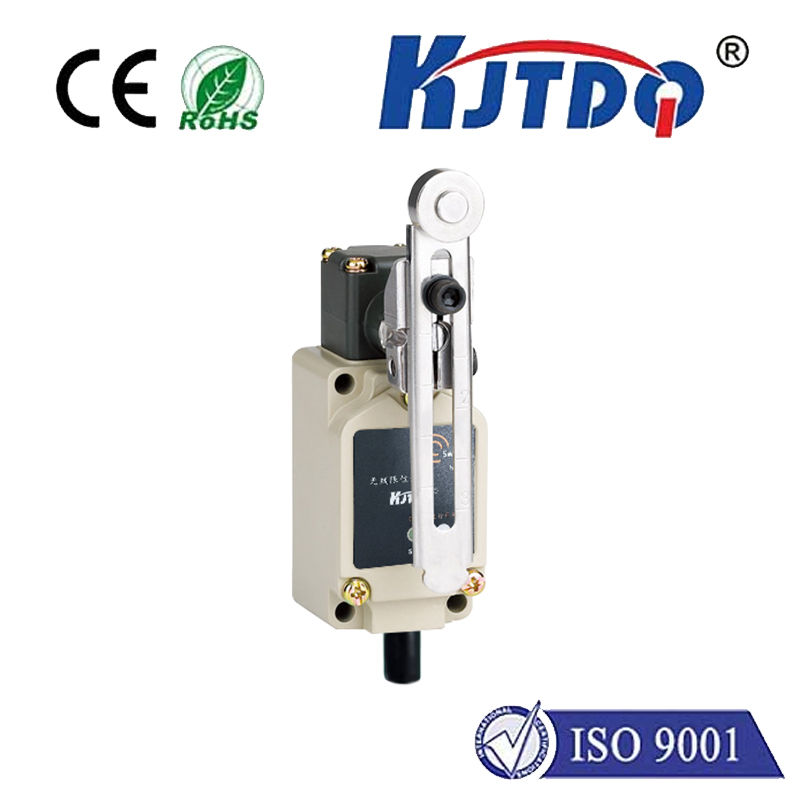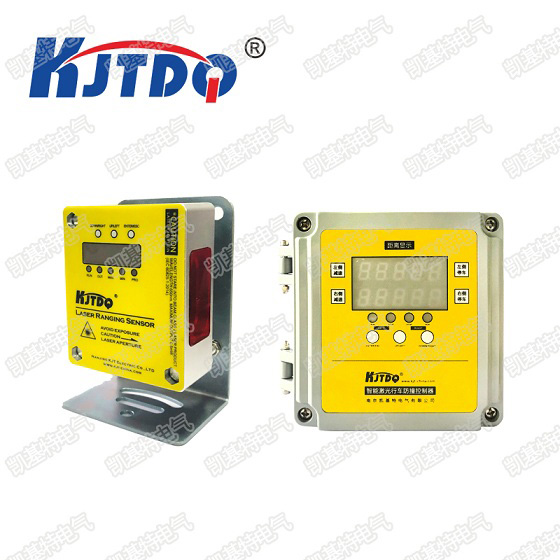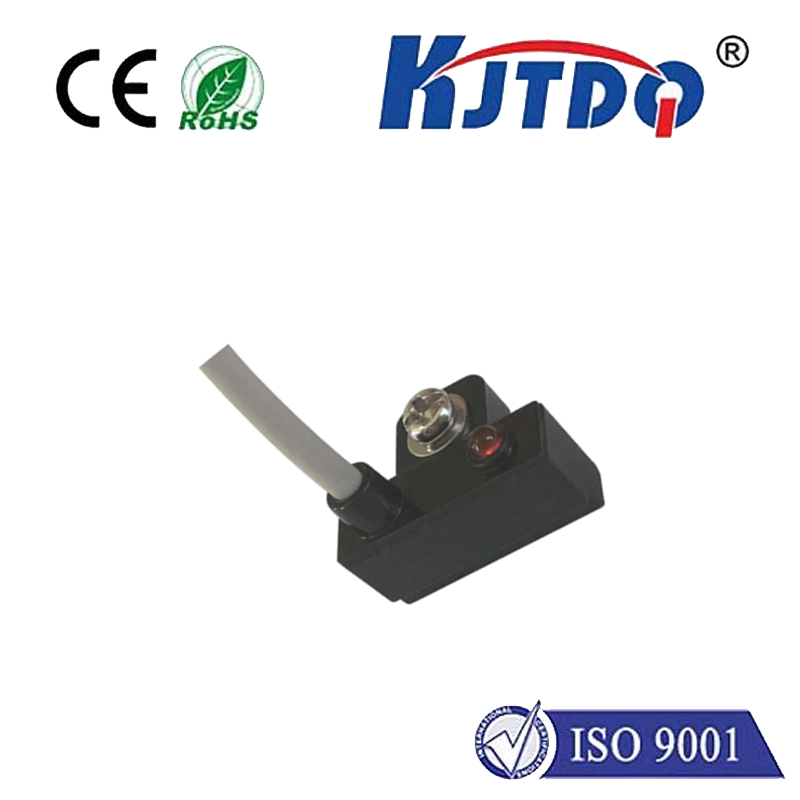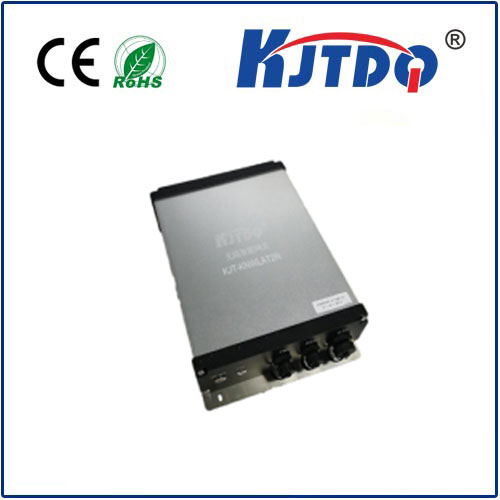Exploring the Integration of LiDAR and I2C: A Game-Changer in Sensor Technology In the rapidly evolving world of sensor technology, the fusion of LiDAR (Light Detection and Ranging) and I2C (Inter-Integrated Circuit) has emerged as a groundbreaking innovation. This combination is redefining how devices perceive and interact with their environments, offering unprecedented precision and efficiency. Whether you’re a tech enthusiast, an engineer, or simply curious about the future of sensing systems, this article dives deep into the synergy between LiDAR and I2C, highlighting its applications, benefits, and transformative potential.
Before delving into their integration, let’s break down the two technologies individually. LiDAR is a remote sensing method that uses laser pulses to measure distances and create detailed 3D maps of environments. It’s widely used in applications like autonomous vehicles, robotics, and environmental monitoring. By emitting laser beams and analyzing the reflected light, LiDAR systems can accurately detect objects, even in low-visibility conditions. On the other hand, I2C is a communication protocol that allows multiple devices to exchange data over short distances using just two wires. It’s a popular choice for connecting sensors, microcontrollers, and other components in embedded systems due to its simplicity and efficiency.
The marriage of LiDAR and I2C brings together the strengths of both technologies. By leveraging I2C’s streamlined communication capabilities, LiDAR systems can transmit data more efficiently, reducing complexity and improving performance. This integration is particularly valuable in applications where space, power, and speed are critical factors. Key Benefits of LiDAR-I2C Integration
Simplified Wiring: Traditional LiDAR systems often require complex wiring and multiple communication interfaces. With I2C, the number of wires is significantly reduced, making the system more compact and easier to install.
Enhanced Efficiency: I2C’s low-power design complements LiDAR’s energy-intensive nature, resulting in a more energy-efficient solution. This is especially important for battery-powered devices like drones and portable scanners.

Scalability: I2C supports multiple devices on a single bus, allowing for the integration of additional sensors alongside LiDAR. This scalability is ideal for applications requiring multi-sensor fusion, such as autonomous navigation.
Эффективность затрат: The reduced complexity and improved efficiency translate to lower production and maintenance costs, making LiDAR-I2C systems more accessible for a wider range of applications.
The integration of LiDAR and I2C is unlocking new possibilities across various industries. Here are some notable applications:
Autonomous Vehicles: In self-driving cars, LiDAR-I2C systems provide real-time 3D mapping and object detection. The compact design and efficient data transmission ensure seamless integration with other vehicle sensors.
Робототехника: Robots equipped with LiDAR-I2C technology can navigate complex environments with greater precision. The reduced wiring and power consumption make it easier to deploy robots in industrial and domestic settings.
Smart Agriculture: Farmers are using LiDAR-I2C systems to monitor crop health, map fields, and optimize irrigation. The scalability of I2C allows for the integration of additional sensors like humidity and temperature detectors.
Augmented Reality (AR): In AR devices, LiDAR-I2C integration enables accurate spatial mapping and object recognition, enhancing the user experience.
Экологический мониторинг: LiDAR-I2C systems are being used to track deforestation, measure terrain changes, and monitor wildlife habitats. The energy-efficient design ensures long-term operation in remote locations.
While the integration of LiDAR and I2C offers numerous advantages, it’s not without challenges. One of the primary concerns is data transfer speed. Although I2C is efficient, it may not always meet the high-speed requirements of advanced LiDAR systems. Researchers are exploring ways to enhance I2C’s bandwidth or combine it with other protocols to address this issue. Another challenge is electromagnetic interference (EMI), which can affect the accuracy of LiDAR measurements. Engineers are developing shielding techniques and advanced signal processing algorithms to mitigate this problem. Looking ahead, the future of LiDAR-I2C integration is bright. Advances in semiconductor technology and communication protocols are expected to further improve the performance and affordability of these systems. Additionally, the growing demand for smart devices and IoT applications will drive the adoption of LiDAR-I2C solutions in new and innovative ways.
The integration of LiDAR and I2C represents a significant leap forward in sensor technology. By combining the precision of LiDAR with the efficiency of I2C, this powerful duo is transforming industries and enabling a new generation of smart devices. As technology continues to evolve, the potential applications of LiDAR-I2C systems are virtually limitless, paving the way for a more connected and intelligent future.
